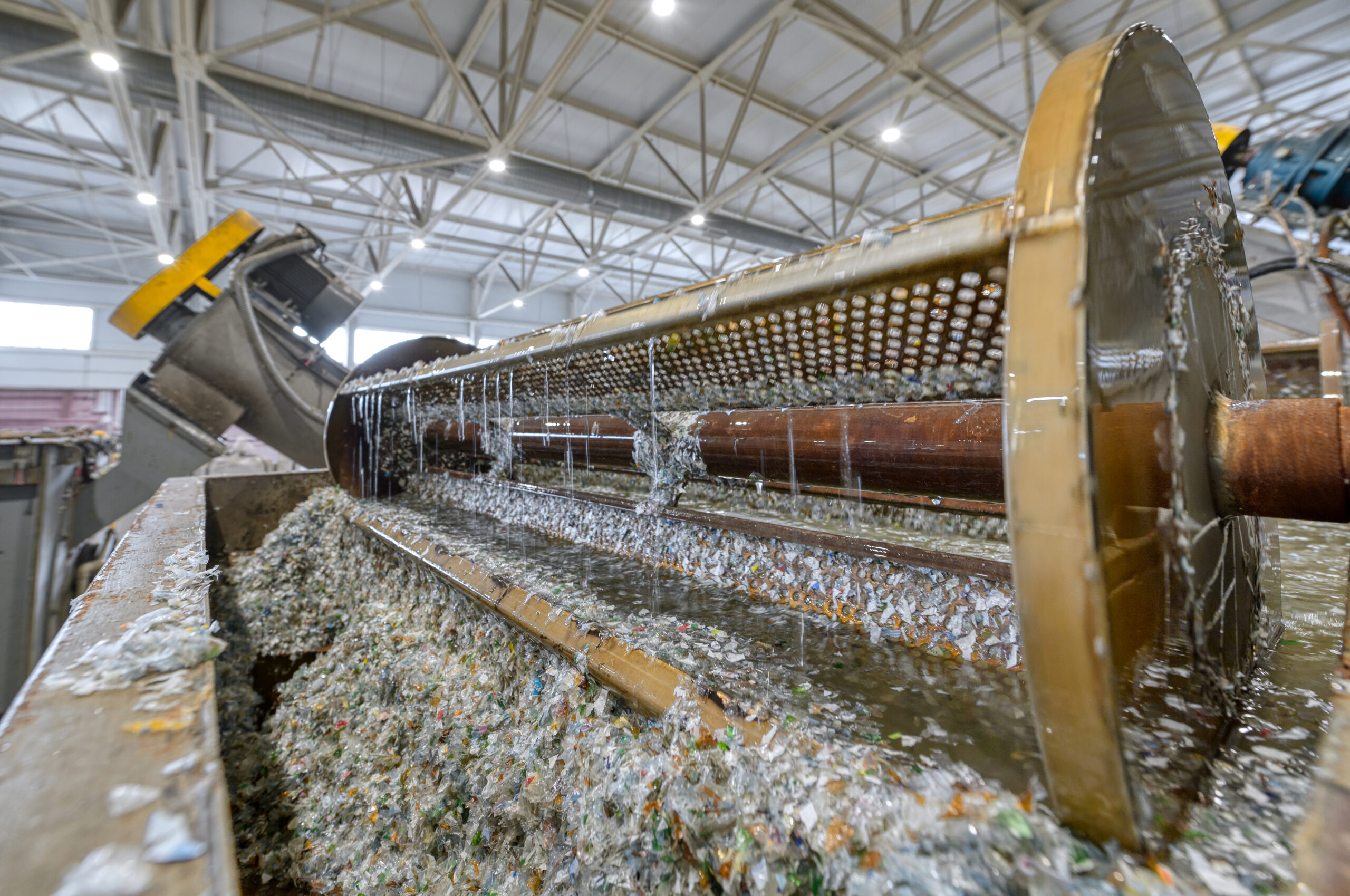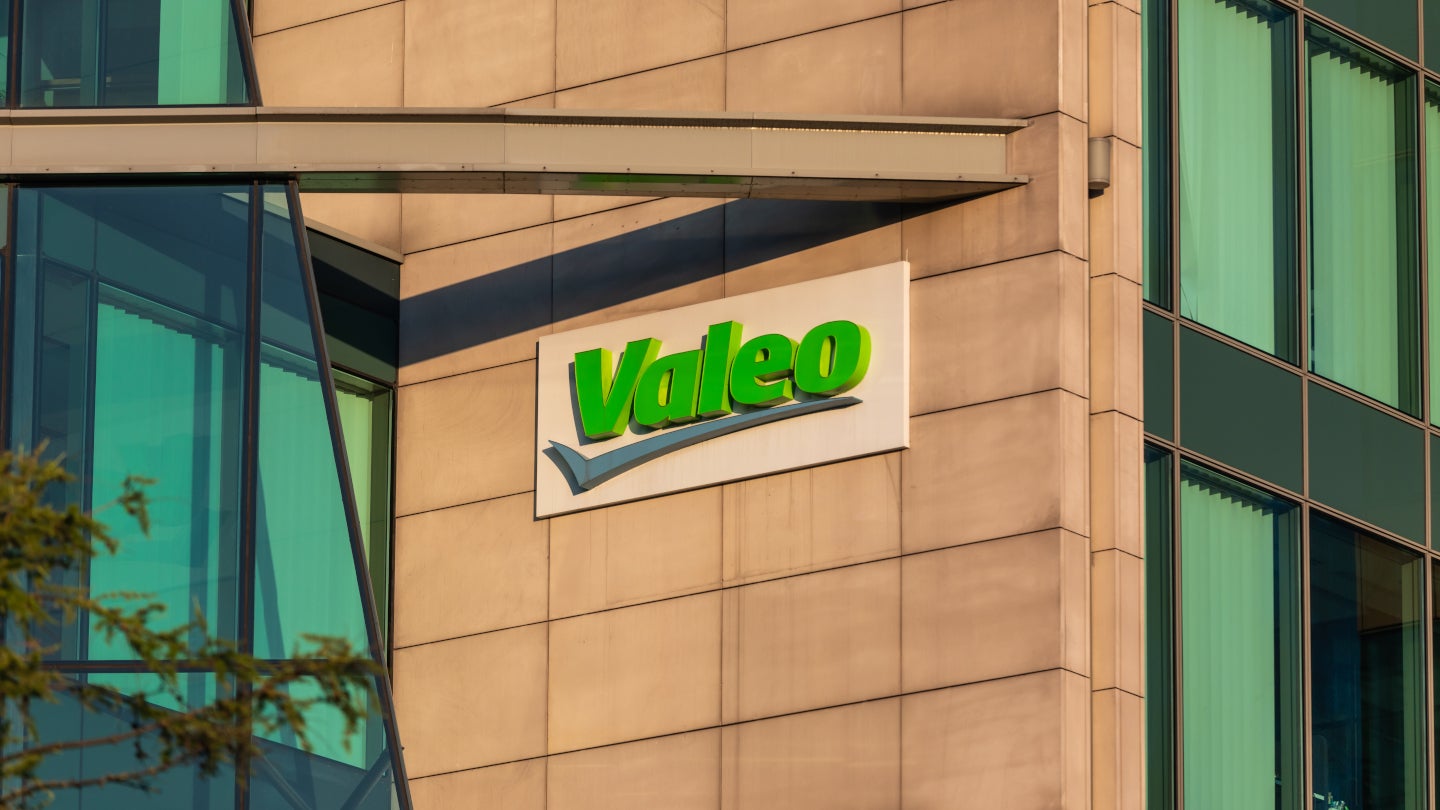Bussiness
Europe’s plastic recycling capacity stalls, investment dries up • Recycling International

New market data reveals stagnation in the growth of Europe’s installed plastic recycling capacity, with new investments in the sector dropping dramatically.
In 2023, the total capacity across EU27+3 reached 13.2 million tonnes, a year-on-year increase of 6% being the lowest growth rate since 2017. To compare, capacity had previously doubled within just five years, averaging a robust 17% growth annually.
‘This decline confirms the challenges the EU’s plastic recycling sector faced in 2022,’ says Ton Emans, president of Plastics Recyclers Europe (PRE). He also highlights a major drop in new investment: ‘Only EUR 500 million was injected into the sector in 2023, compared to EUR1 billion in 2022.’
Polyolefins, PET lead
Polyolefin films continue to dominate recycling capacity, followed by PET and rigid polyolefins, together representing more than 75% of Europe’s total capacity. On a national level, Germany leads with an installed capacity of 2 – 2.5 million tonnes, followed by Spain at around two million tonnes.
Hard targets
The stagnation raises concerns about the EU’s ability to meet its recycling and recycled content targets. Key barriers include:
-Rising costs: European recyclers face higher production and energy costs.-
-Weak demand: Limited market demand for EU-recycled plastics.
-Competition from imports: Virgin and recycled plastics brought into the EU are often unverified and fail to meet EU standards.
Call to Action
PRE is calling on Member States and European institutions to enforce existing regulations and address these challenges to protect the competitiveness of the EU’s recycling industry. ‘Without swift action, the steady growth needed to achieve Europe’s recycling targets may become unreachable,’ Emans warns.










